difference between river sand and stone
2019-11-17T13:11:28+00:00
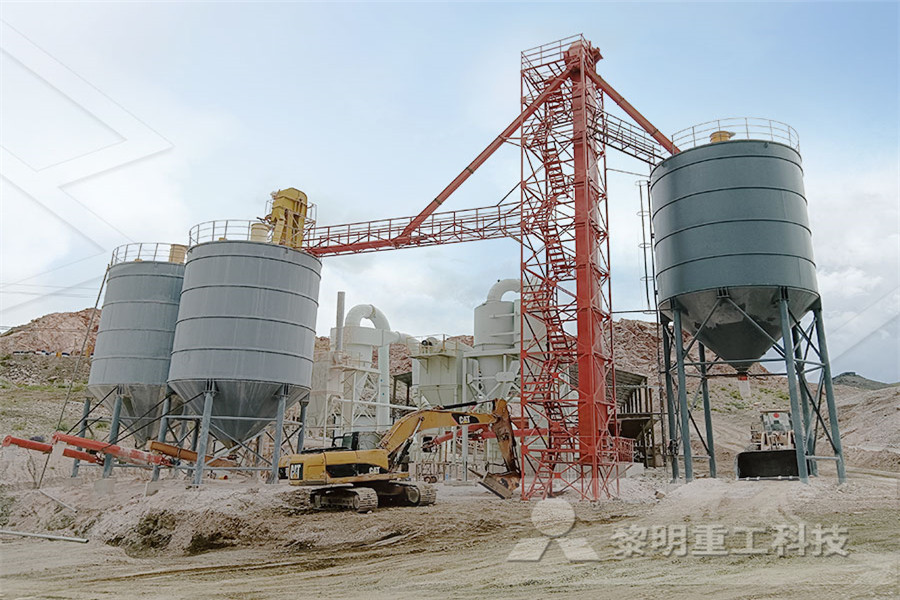
difference between river sand and sand made from
Difference Between Fine and Coarse Aggregate Civil River sand or machine sand, crushed stone sand, crushed gravel sand are the major sources of fine aggregate Dolomite aggregates, crushed gravel or stone, natural disintegration of rock are the major sources of coarse aggregate Chat OnlineThe river sand used in the construction has certain specifications In the process of river sand screening, river sand is generally divided into 48 mesh, 816 mesh, 1020 mesh, 2040 mesh, 4070 mesh and 50100 mesh, which refers to the number of sand particles within one inch circle There is no such fine and clear rule classification for sea 5 Differences Between Sea Sand and River Sand MCThe River sand is formed by gradual weathering and dissolution of various types of rocks such as granite rocks, basalt rock, igneous rocks, sedimentary and metamorphic rocks The river sand is usually a mixture of metamorphic, sedimentary rocks and igneous rocks Difference between M Sand and River sand:Difference between M Sand and River sand »
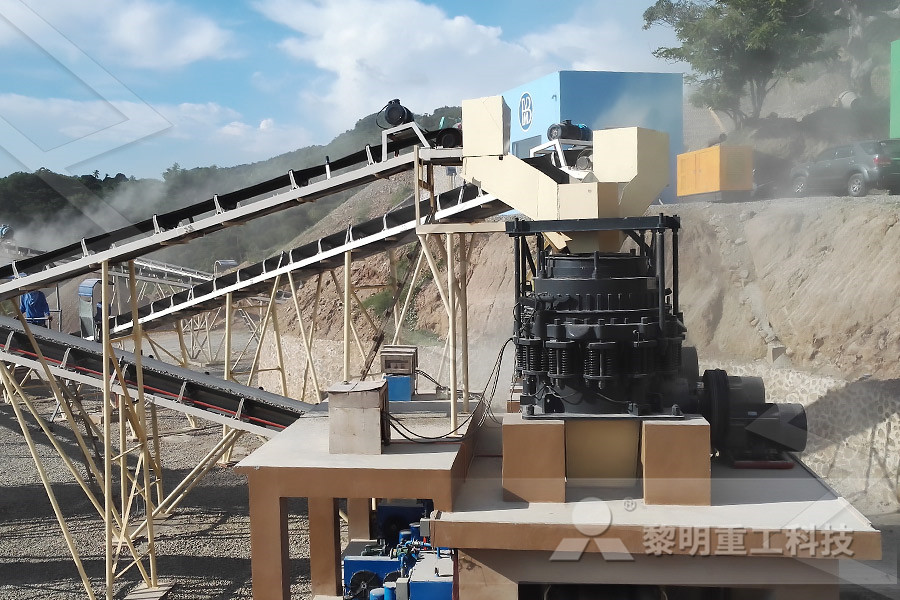
8 Difference Between Sea Sand and River Sand
The river sand utilized in the development has certain details During the time spent river sand screening, river sand is by and large partitioned into 48 lattice, 816 crosssection, 1020 crosssection, 2040 crosssection, 4070 lattice, and 50100 lattice, which alludes to the number of sand particles inside a oneinch circle Difference Between M sand and River sand Concrete with m sand has very poor permeability as compared to river sand But when river sand is used in concrete the permeability of concrete is less poor as compared to river sand It has more water absorption 2 to 4 % Whereas water absorption of river sand is less 15 to 3% Drawbacks of M SandDifference Between M Sand Vs River Sand What is M DIFFERENCE BETWEEN M SAND AND RIVER SAND Concrete with m sand has very poor permeability compared to river sand But when river sand is used in concrete, the penetration of concrete is less compared to river sand It has high water absorption of 2 to 4% While the water absorption of sand from rivers is less than 15 to 3%DIFFERENCE BETWEEN M SAND AND RIVER SAND
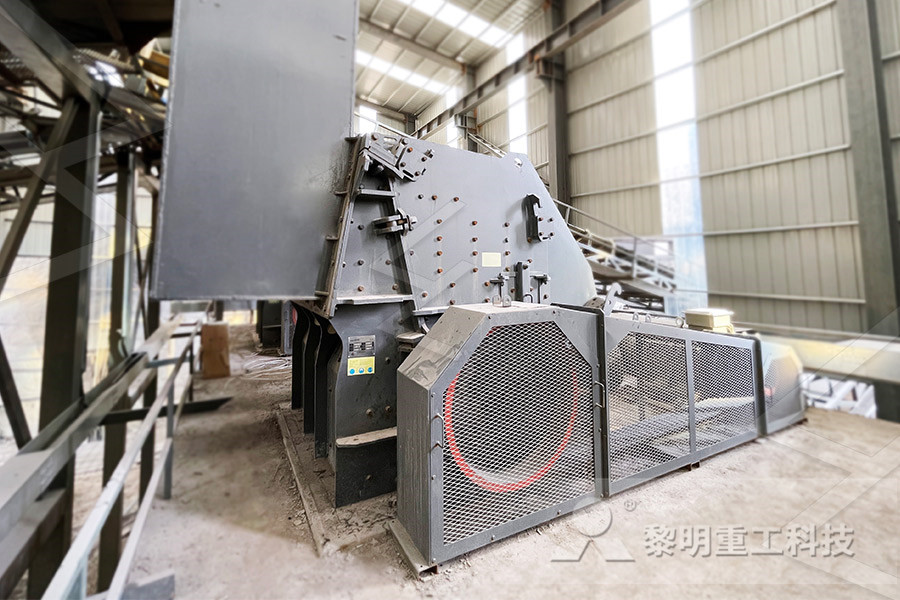
M Sand Vs River Sand (Natural Sand) materialtree
M Sand: River Sand: Process Manufactured in a factory Naturally available on river banks Shape Angular and has a rougher texture Angular aggregates demand more water Water demand can be compensated with cement content Smoother texture with better shape Demands less water Moisture Content Moisture is available only in water washed M SandGlacier stone is similar to crushed stone, it is screened to specific sizes and there should be no dirt or sand mixed in with it at all The difference between these two stones is simply the way they look The glacier stone (sometimes called river Gravel or Stone, what's the difference? gsgravel River sand or machine sand, crushed stone sand, crushed gravel sand are the major sources of fine aggregate Dolomite aggregates, crushed gravel or stone, natural disintegration of rock are the major sources of coarse aggregate 5: Surface Difference Between Fine and Coarse Aggregate Civil
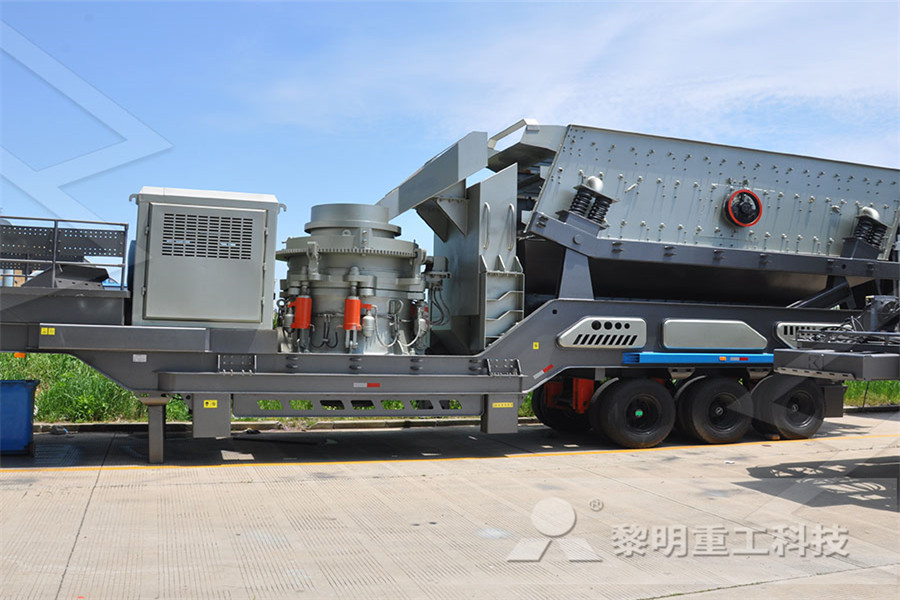
Gravel and Stone Sizes Three Z Supply Inc
An uncommon size of stone ranging from ¼ to ¾ inch Workable by hand but not many materials are available in this size The washed river gravel contains a lot of sand in this size THREEZINC Main Office and Material Yard 8700 Heinton Road Valley View, Ohio 441254130 Phone2165244544 Fax2165245876 Map THREEZINC West Side YardDifference Between Fine and Coarse Aggregate Civil River sand or machine sand, crushed stone sand, crushed gravel sand are the major sources of fine aggregate Dolomite aggregates, crushed gravel or stone, natural disintegration of rock are the major sources of coarse aggregate Chat Onlinedifference between river sand and sand made from The river sand utilized in the development has certain details During the time spent river sand screening, river sand is by and large partitioned into 48 lattice, 816 crosssection, 1020 crosssection, 2040 crosssection, 4070 lattice, and 50100 lattice, which alludes to the number of sand particles inside a oneinch circle8 Difference Between Sea Sand and River Sand
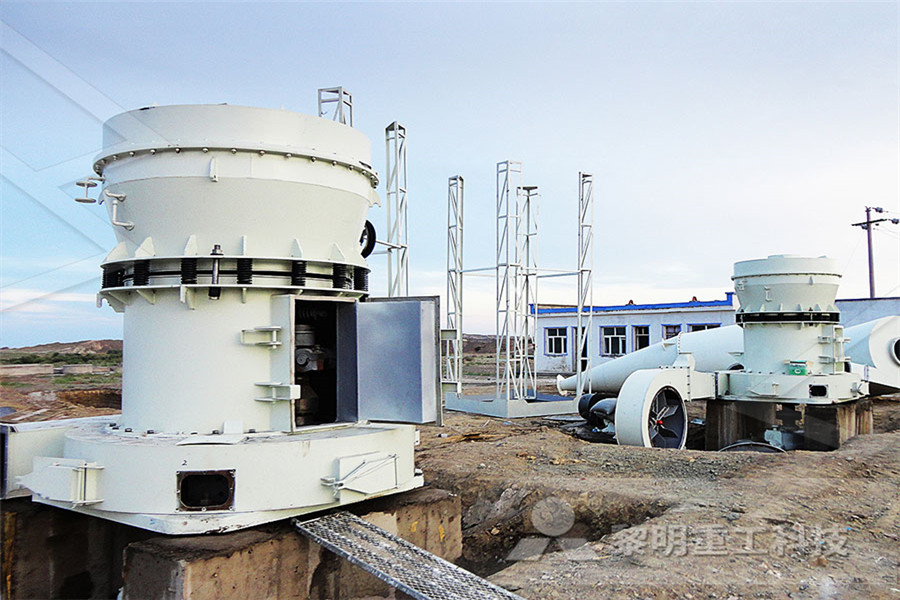
What Is the Difference Between Artificial Sand and
The river sand is dug directly from the river, so it is mixed with small pebbles and fine sand These small pebbles are scoured by the river for a long time, and the edges and corners are mellow and full Yet the artificial sand produced by sand stone equipment is more sharp and clear, and the strength is worse than the river sand Second, the M Sand: River Sand: Process Manufactured in a factory Naturally available on river banks Shape Angular and has a rougher texture Angular aggregates demand more water Water demand can be compensated with cement content Smoother texture with better shape Demands less water Moisture Content Moisture is available only in water washed M SandM Sand Vs River Sand (Natural Sand) materialtree A 23″ layer of these stones can be very shock absorbent, making them safe for falls The rocks are also cleaner than other alternatives like sand or mulch and do not attract insects or other pests Edging – River rock of various sizes can act as a great edging material The rocks will look beautiful as they create boundaries at the edge of Landscaping with River Rock (Stone and Jack): The
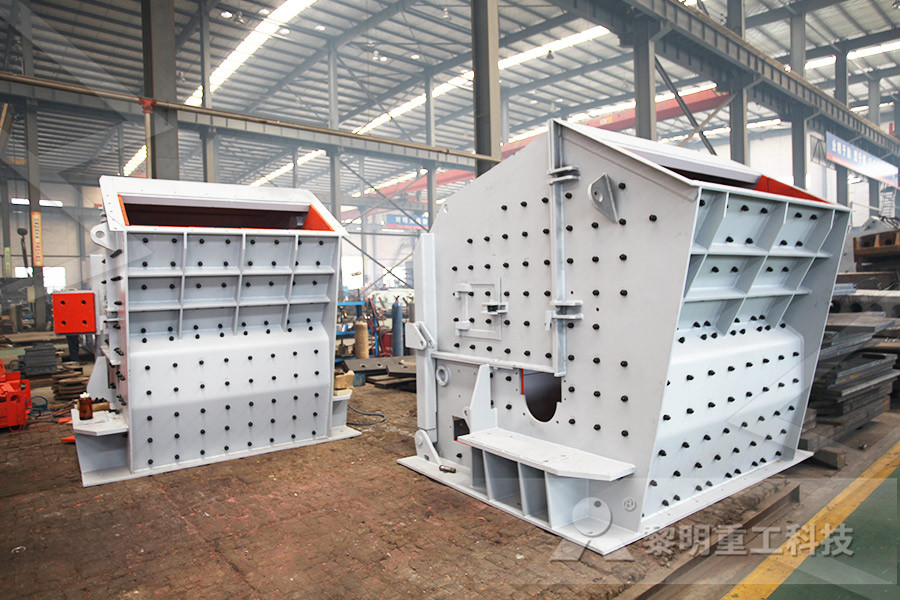
Pea Gravel vs River Rocks Braen Supply
River Rocks: Uses, Benefits and Things to Consider The Most Popular Uses of River Rocks River rocks are extremely popular due to the beauty it can bring to a landscape It can create a very naturalistic look to areas around swimming pools and water features, making them popular as an edging material or as a replacement for sand on beachesIf you are trying to determine what type of gravel to use for your next landscaping or outdoor project, you may be wondering whether you should opt for pea gravel or river gravel, or if there is even any difference at all between the two In fact, there are more similarities than differences in what you can use the two varieties for, with the primary difference not being dependent on which Pea Gravel vs River Gravel ATAK Trucking What is a Stone? A stone is a solid nonmetallic mineral matter Unlike a rock that is a large piece, a stone is a small piece One of the key differences between a rock and a stone is that while rocks can be both soft and hard, stones can only be hard, and they cannot be soft for that matterDifference Between Rocks and Stones Compare the
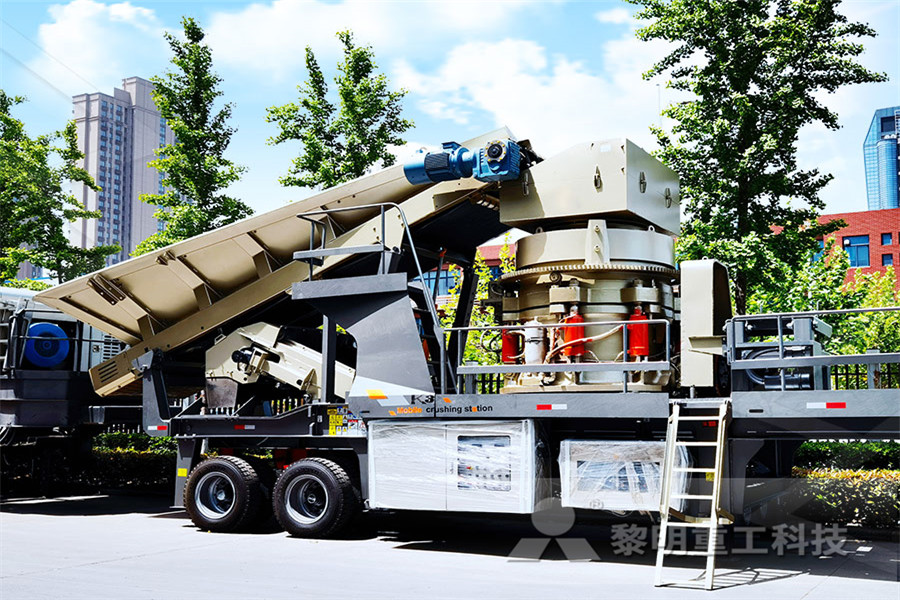
Aggregate Products Sand, Gravel, Washed
1” crushed stone with a mixture of sand, and clay Clay content is normally 48% Compacts very well Also called river rock or landscape stone It is a round washed stone Can be used for drain fields and septic systems Looks great for landscaping Rip Rap 614” stone Usually round Fairly clean, may have some dirt stuck to it The difference is this: A Cubic Yard of sand, stone or gravel equates to approximately 2,700 LBS A Ton of sand, stone or gravel equates to 2,000 LBS Some other landscape supply companies sell by the tonWE SELL BY THE YARD! Ton vs Yard Bulk Mulch Soil StoneThe Difference Between Crushed Stone Sand Amp what is the difference between crushed stone sand river sand Crushed Stone vs Quarry Process vs Stone Dust you need to understand the difference between some Usually it is made of granite is a combination of small 3/4inchorless crushed stone and stone Difference Between Crusher Dust And River Sand
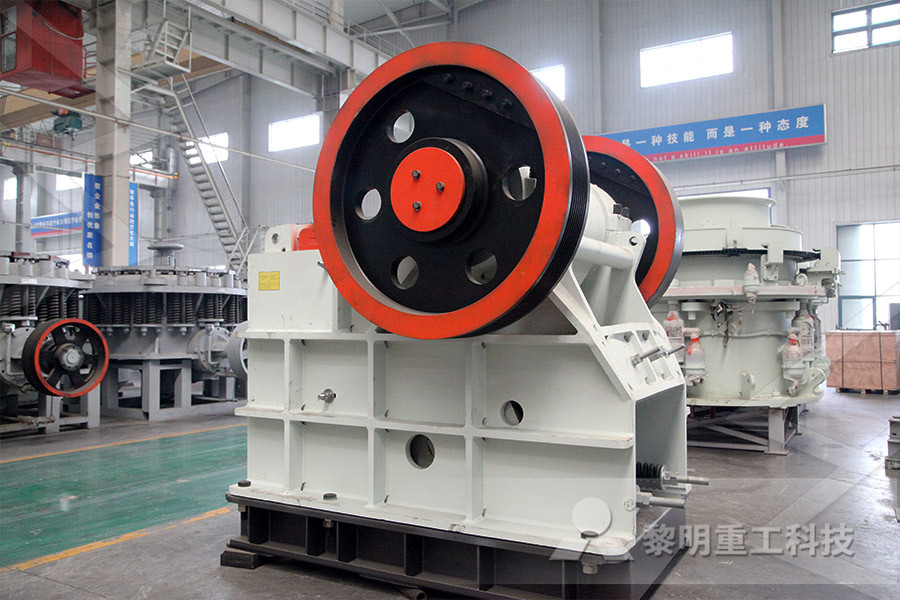
what is the difference between pit sand and river sand
5 Differences Between Sea Sand and River Sand MC The river sand used in the construction has certain specifications In the process of river sand screening, river sand is generally divided into 48 mesh, 816 mesh, 1020 mesh, 2040 mesh, 4070 mesh and 50100 mesh, which refers to the number of sand particles within one inch circle M Sand: River Sand: Process Manufactured in a factory Naturally available on river banks Shape Angular and has a rougher texture Angular aggregates demand more water Water demand can be compensated with cement content Smoother texture with better shape Demands less water Moisture Content Moisture is available only in water washed M SandM Sand Vs River Sand (Natural Sand) materialtreeDry Pavior Sand Features Very finely graded For use in block paving Kilndried Plastering Sand This is a clean, washed river sand that’s specifically intended for rendering and plastering use It’s also known as Leighton sand by some, a reference to the quarry where a vast quantity of this type of sand is foundDifferent Types of Sand Explained Blog George Hill
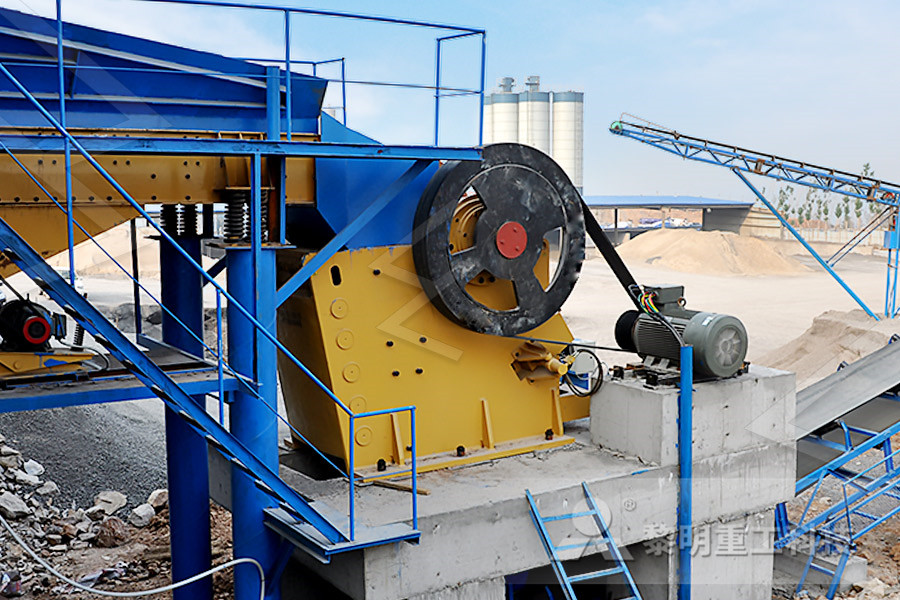
Difference Between Fine and Coarse Aggregate Civil
River sand or machine sand, crushed stone sand, crushed gravel sand are the major sources of fine aggregate Dolomite aggregates, crushed gravel or stone, natural disintegration of rock are the major sources of coarse aggregate 5: Surface Area: The surface area of Most commonly used fine aggregates are sand (pit or quarry sand, river sand and sea sand) and crushed stone in powdered form, however some times sukhi and ash or cinder are also used a Sand: It consists of small angular or rounded grains of silica depending upon the source from which it is obtained It is classified as: i Pit or quarry sand:Classification of Aggregates Civil SnapshotDifference Between Fine and Coarse Aggregate stone chips, gravels, caillouxes, clinkers, cinders, etc are used as rough cement addons Sources: The primary sources of fine aggregates include river sand and machine sand, crushed rock sand and crushed gravel sand The most common sources of coarse aggregate were dolomite aggregates, broken Difference Between Fine and Coarse Aggregate
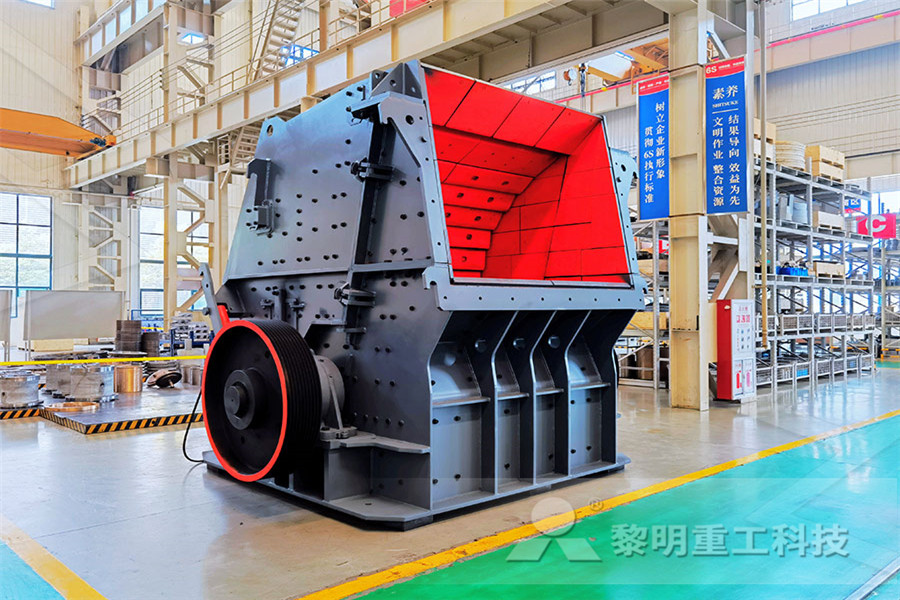
Difference Between Gravel and Sand Compare the
What is the difference between Gravel and Sand? Though sand and gravels are construction materials, they have some different characteristics embedded on them – Particle sizes of soil in gravel range from 475mm to 762mm, while particle sizes of soil in sand range from 0075mm to 475mm1” crushed stone with a mixture of sand, and clay Clay content is normally 48% Compacts very well Also called river rock or landscape stone It is a round washed stone Can be used for drain fields and septic systems Looks great for landscaping Rip Rap 614” stone Usually round Fairly clean, may have some dirt stuck to itAggregate Products Sand, Gravel, Washed The only difference between jetties and groins is the extension of the structure A jetty is usually longer and narrower than a groin and is not part of a series It is often built on either side of a river mouth to keep the navigation channel open Jetties also protect the coastline from tides, currents, and swells and defend the shore from What are the differences between breakwaters, groins
how to design foundation for grinding mill
track jaw crushers sale
used nveyor belts scrap products
1500tph Quarry Used Rock Jaw crusher
used washing machine for mining price
Arsenic Crusher Ore
Cutting Concrete Pavers With Circular Saw
Centerless Belt Grinding
pvc nveyor belt
Processing Iron Ore Slag
crusher amp grinder and grinding equipment for barite
gold mining equipment australia shaker tables
beneficiation plant tpy
hammer mill power nsumption alhard
crushing equipment use in mining ore preparatin
Jaw Crushers Hand Book
hammer crusher hammer mill for sale from china heavy
impact crusher european
mobile crusher manufacturer in odisha
crusher spare
oil shale mobile jaw crusher supplierdesign
Marble Handicrafts Machines
tph aggregate crushers
process calculations gavhane ebook free download
Gearbox Coal Pulverizer
jaw crusher in germany used
roller mill Beaters Supplier Algeriastone
manufacturer of filter malaysia
36 cs ne crusher parts list
electric posho mill prices in kenya









